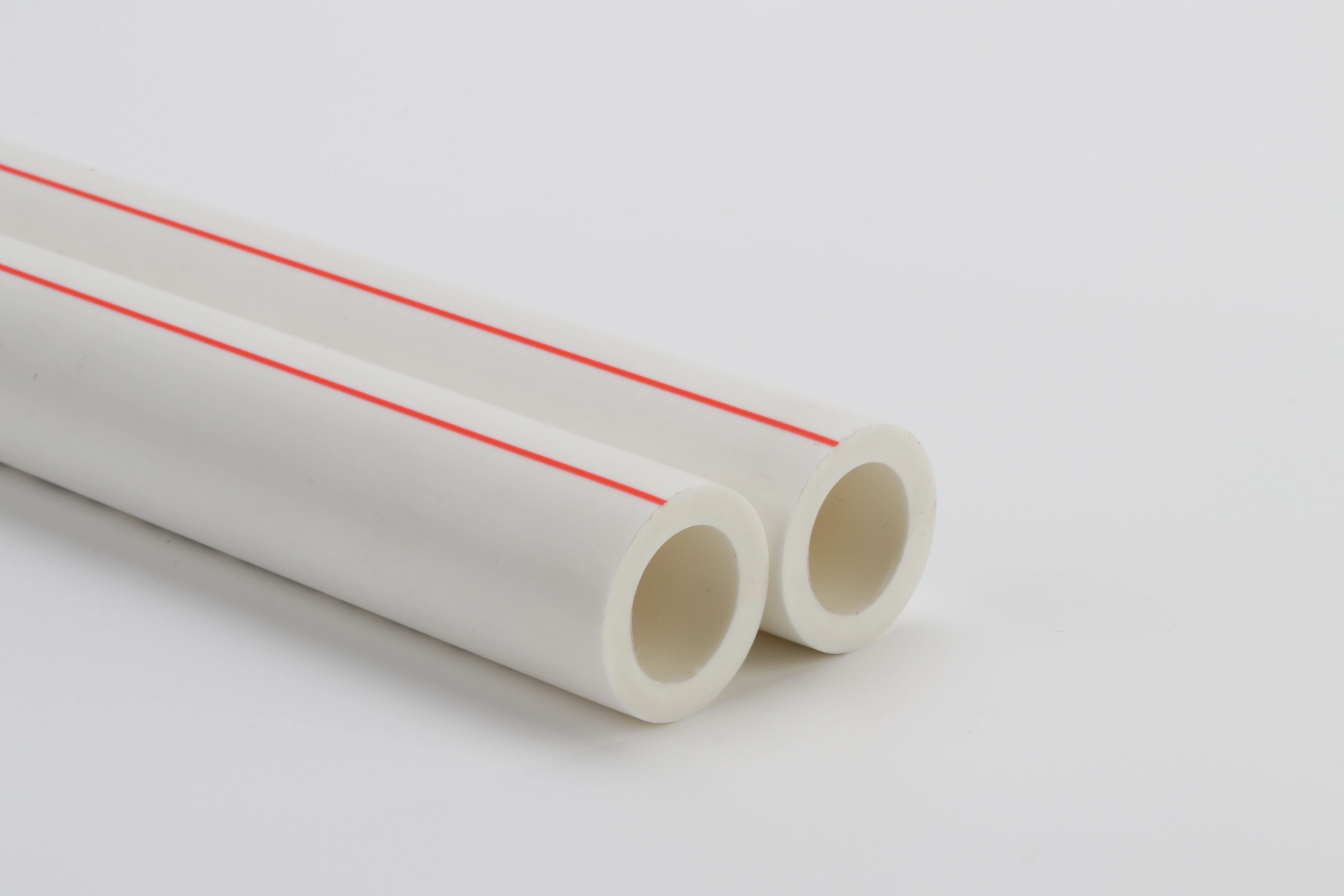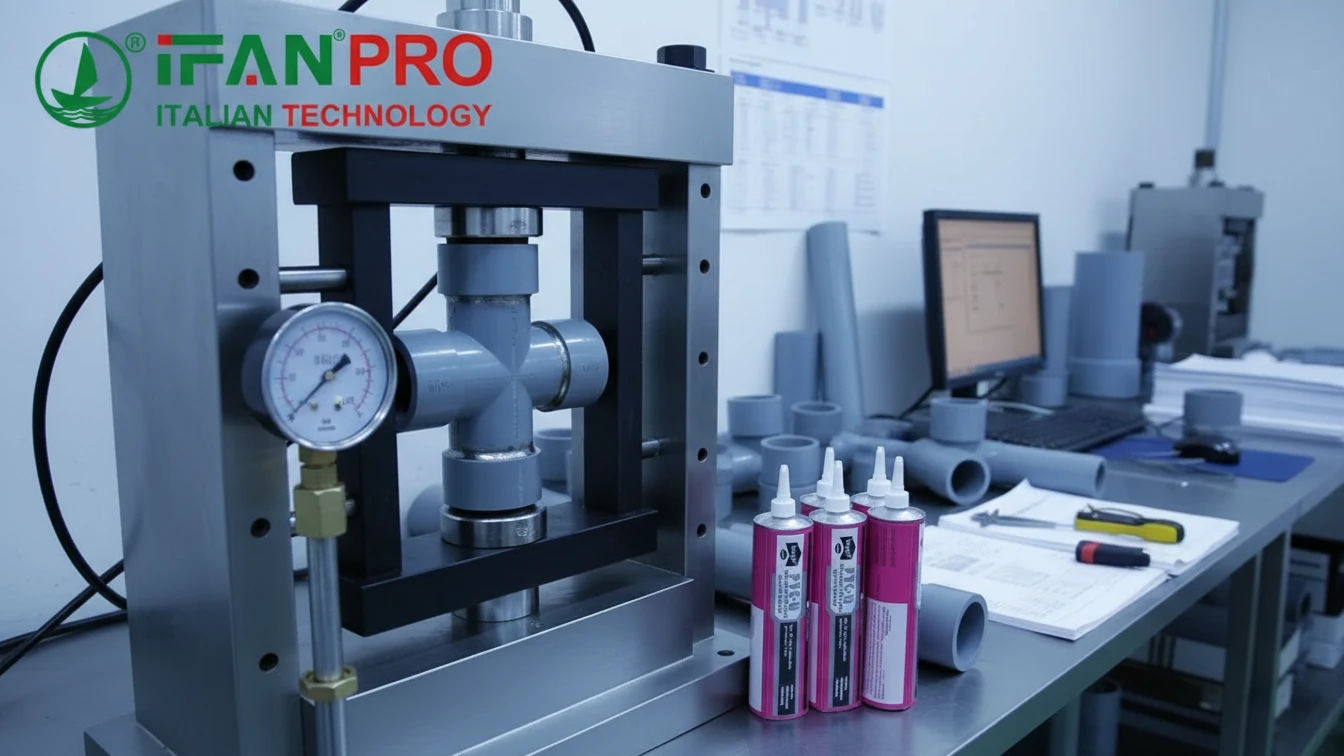The European PPR (Polypropylene Random Copolymer) pipe market is growing steadily due to rising demand for sustainable, corrosion-resistant piping solutions in residential, commercial, and industrial sectors. For manufacturers and suppliers—especially those based in Asia—this presents a valuable opportunity.
But how can a company successfully enter and sell PPR pipes in Europe?
This article outlines the essential steps, certifications, market channels, and strategies required to successfully export and sell PPR pipes in the European market.
🌍 1. Understand the European Market Demand
Before entering, it’s important to analyze what drives demand in the EU:
- Sostenibilidad: PPR pipes are eco-friendly and recyclable, aligning with EU green building regulations.
- Proyectos de renovación: Many older buildings are being upgraded with modern piping systems.
- Public Infrastructure Investment: EU funding for schools, hospitals, and water networks.
- Energy Efficiency Goals: PPR is widely used in hot water and floor heating systems due to its insulation properties.
Countries like Germany, France, Spain, Italy, and Poland are among the most active buyers.
📋 2. Ensure Compliance with European Standards
One of the biggest hurdles for foreign suppliers is meeting EU regulations and technical standards. PPR pipe products must typically comply with:
- EN ISO 15874 – International standard for PPR pipe systems
- DIN 8077 / 8078 – German standards for PPR pipe dimensions and pressure ratings
- CE Certification (when required for building applications)
- REACH & RoHS compliance for chemical safety
➡️ Consejo: Partner with a manufacturer (like ifanpro) that already meets these standards and can provide full technical documentation and third-party test reports.
📦 3. Offer OEM & Customization Services
European wholesalers, importers, and brands are often looking for customizable solutions, including:
- Private labeling (OEM)
- Custom colors or dimensions
- Multilingual packaging
- Product documentation in EU languages
- Barcode integration for retail
💡 Suppliers like ifanpro specialize in providing flexible OEM services, making it easier to attract and retain B2B partners in Europe.
🔍 4. Choose the Right Entry Channels
To reach the European market effectively, consider these options:
✔️ Direct B2B Sales
- Partner with plumbing wholesalers, distributors, or construction firms
- Attend trade shows (e.g., ISH Frankfurt, Mostra Convegno in Milan)
✔️ Join Online B2B Platforms
- Register on EU B2B portals like Europages, ECVV, Global Sources, or Alibaba
- Optimize your company’s profile for European buyers
✔️ Build a Multilingual Website
- Use a clear, user-friendly website like ifanpro.com with technical datasheets, factory photos, and inquiry forms
- Offer content in English, German, French, or Spanish to improve reach

🚢 5. Understand Import and Logistics Requirements
To ship PPR pipes and fittings into Europe, you’ll need to:
- Choose reliable shipping routes and methods (FCL/LCL by sea or train for central Europe)
- Work with freight forwarders familiar with European customs
- Prepare essential export documents:
- Invoice & Packing List
- Certificate of Origin
- Technical Datasheets
- Product Test Reports
- Declaration of Conformity (if required)
📈 6. Build Trust with European Buyers
European buyers prioritize quality, compliance, and consistency. Build trust by:
- Offering samples or small trial orders
- Providing on-time delivery with tracking
- Responding promptly and professionally
- Displaying certifications and factory audits on your site
- Offering product guarantees or service agreements
💼 7. Leverage Digital Marketing for Leads
Use content marketing and SEO strategies to attract European leads:
- Publish blogs like “Why PPR Pipes Are Ideal for European Construction” or “How to Compare DIN vs ISO PPR Pipes”
- Target Google search keywords like:
- “PPR pipe supplier Europe”
- “Buy PPR fittings DIN standard”
- “Custom PPR pipe manufacturer China”
➡️ This is exactly the approach used by ifanpro.com to attract qualified international traffic.
✅ Conclusion
Entering the European PPR pipe market is a smart move for manufacturers who are ready to meet compliance standards and build trusted partnerships. By offering competitive pricing, certified quality, and customizable OEM services, you can build long-term success across Europe.
If you’re looking to start or grow your PPR pipe business in Europe, connect with ifanpro – a leading Chinese PPR pipe factory with years of export experience, full customization, and EU-compliant product lines.













Comentarios recientes